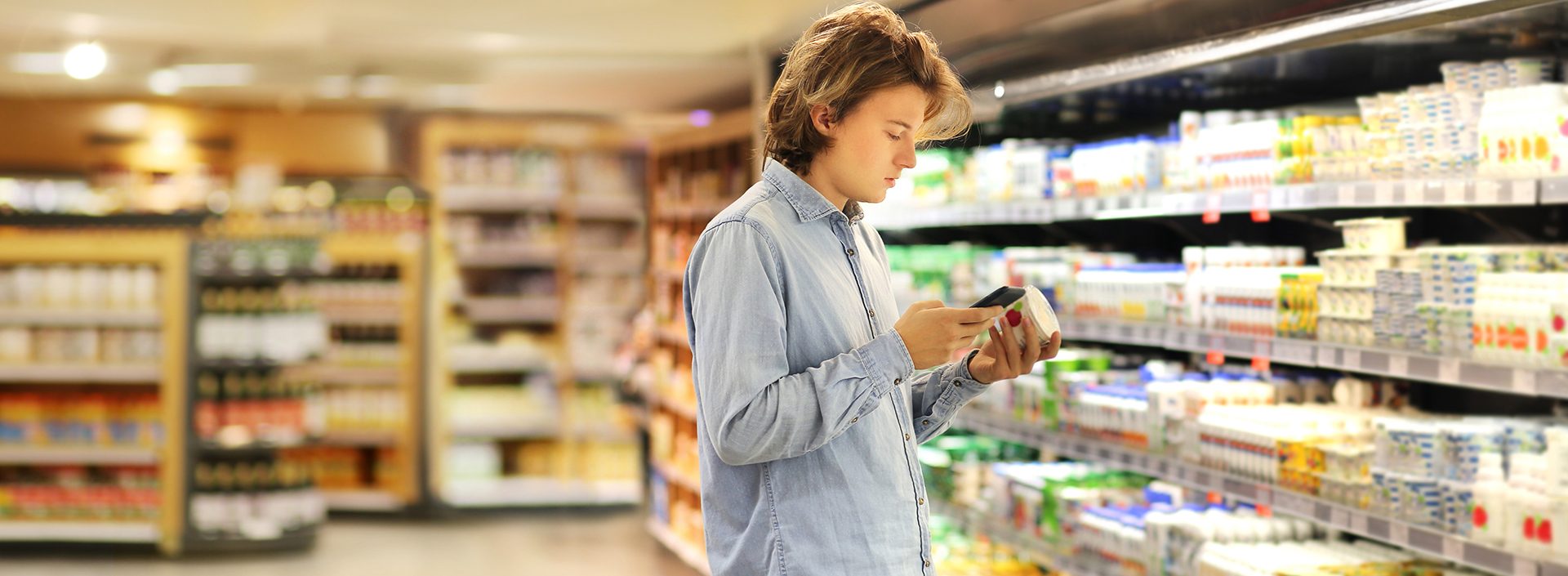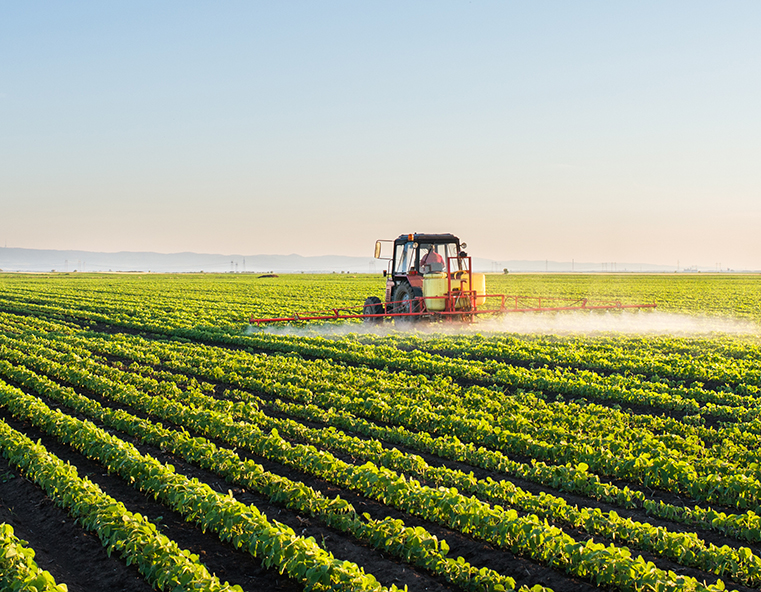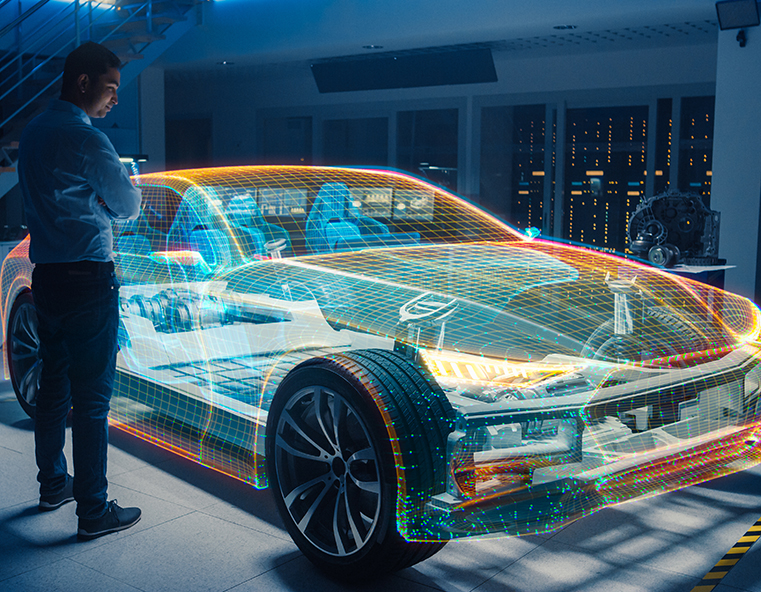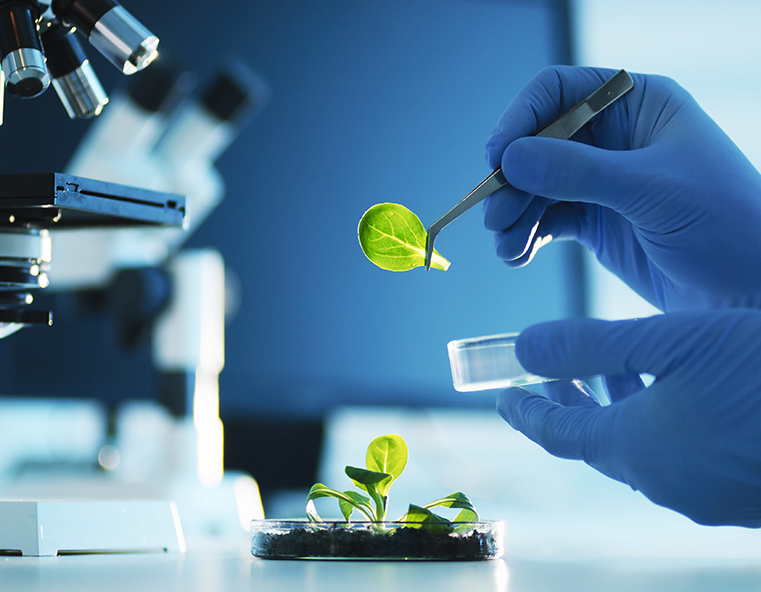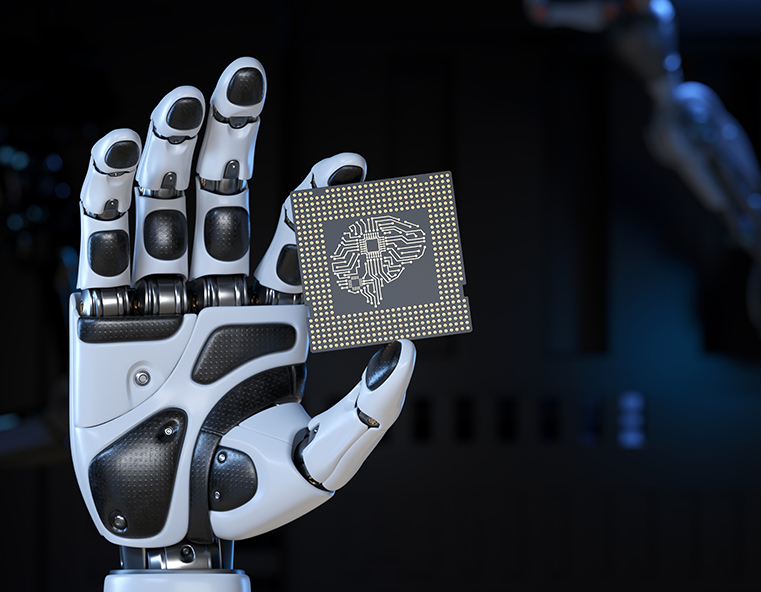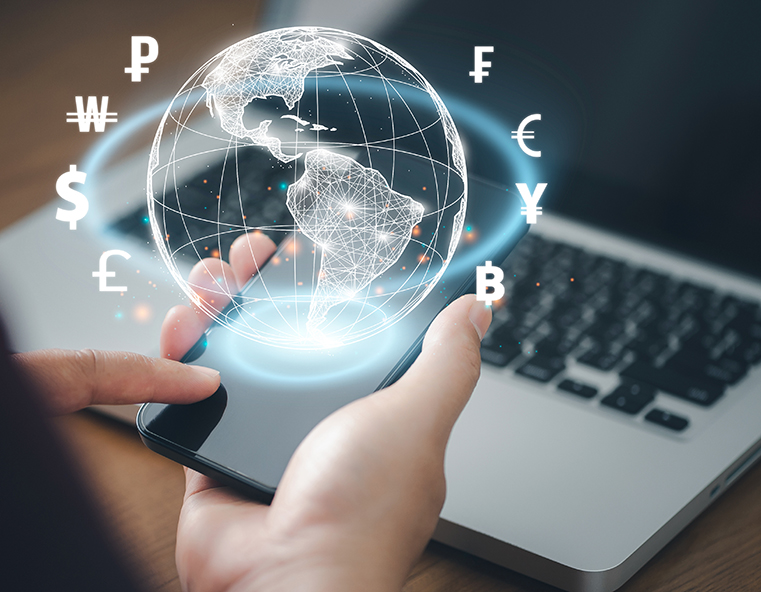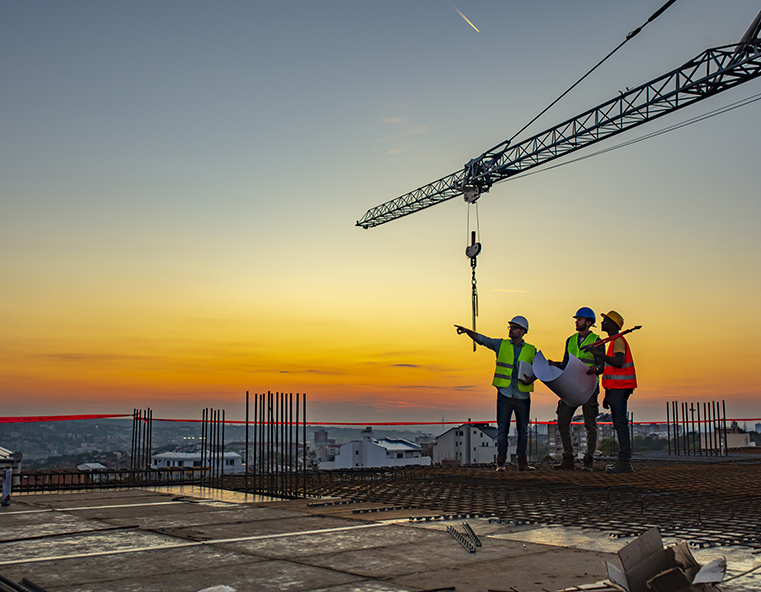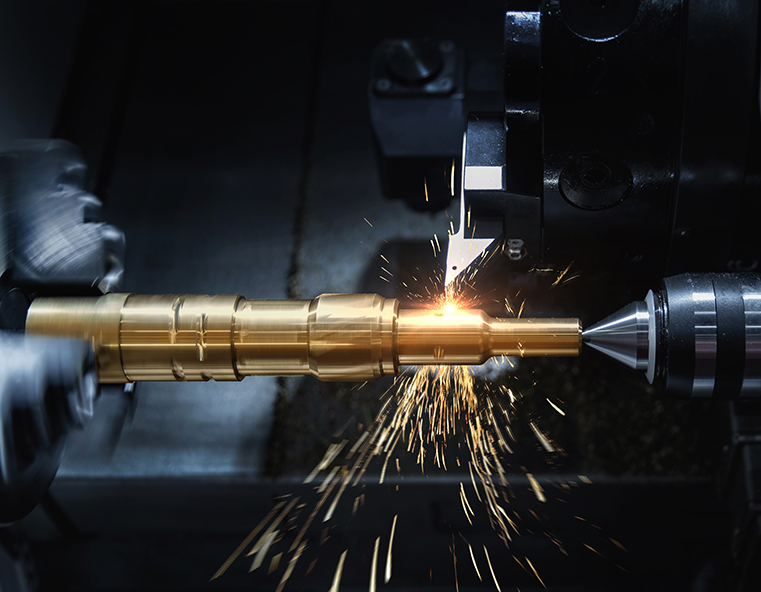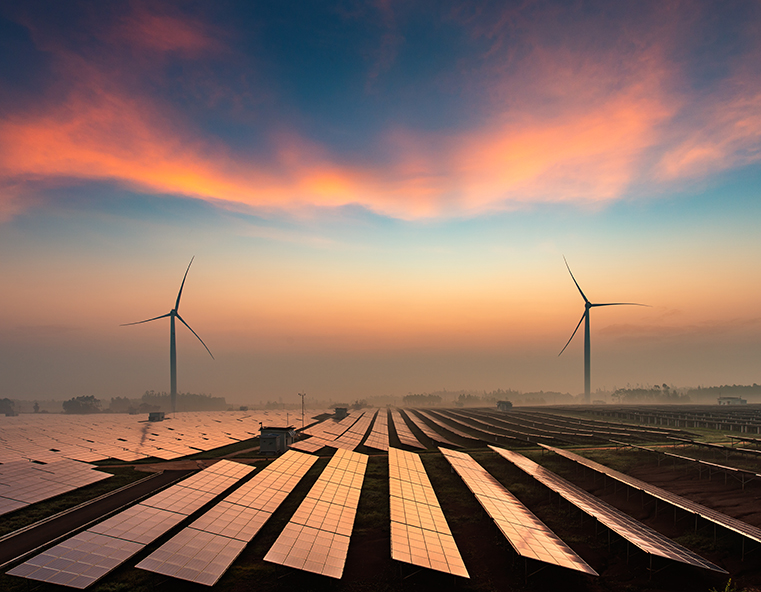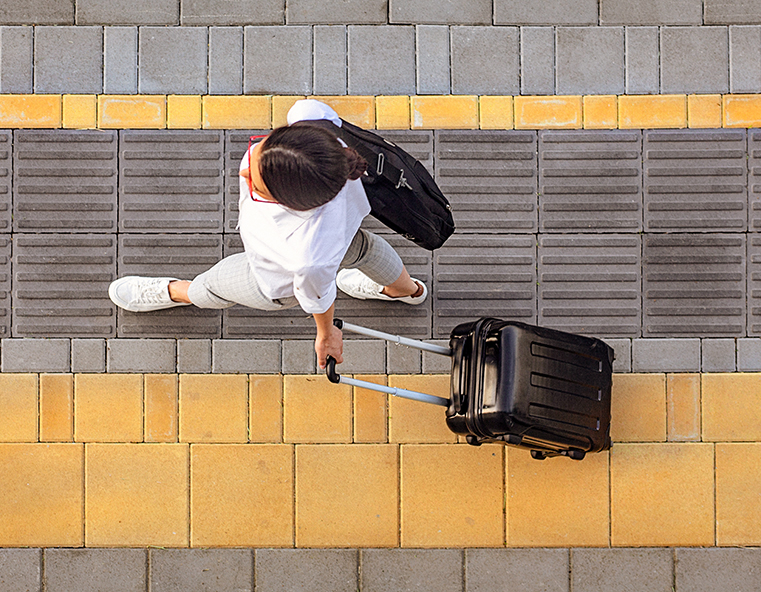In a nutshell
The fast-moving consumer goods (FMCG) sector is a prominent contributor to India’s economy, with a market size estimated to be as high as USD110 billion in 2020. The Indian FMCG market is expected to reach USD 220 billion by 2025, from USD 110 billion in 2020, registering a CAGR of 14.9%.
The FMCG sector witnessed sustained growth even during the Covid-19-induced lockdowns, as consumption demands grew, also supported in large measure by the growth of e-commerce. The e-commerce segment is forecast to contribute 11% to the overall FMCG sales by 2030. Another factor behind the growth of the sector is the rapid pace of growth of the rural and semi-rural segments—FMCG products account for 50% of the total rural spending.
As the effects of the pandemic wane and make way for economic resurgence, the per capita spending is registering growth and the demand for discretionary items is rising, primarily driven by the growing youth population of the country.
About 50% of all FMCG sales come from household and personal care, and the Indian packaged food market is expected to double to USD 70 billion by 2025. Again, demand from rural areas is a big boost for the sector, and the Indian processed food market is projected to expand to USD 470 billion by 2025, up from USD 263 billion in 2019-20.
Share of urban areas in FMCG sales
Share of urban areas in FMCG sales
Size of the market
FDI opportunities
(100% - single brand retail,
51% - multi brand retail)
Our Experience

FMCG
Market Intelligence and Industry Analysis
Market Study, Location Analysis and Partner Search for a 150-year-old Switzerland-based manufacturer of cocoa and malt-based products.
Know MoreLatest Updates
India to have 214 million hyperlocal e-commerce shoppers by end 2022
India is predicted to have 214 million hyperlocal e-commerce shoppers by the end of 2022, up from 141 million currently, according to the ‘Digital Commerce in India-Hyperlocal Commerce’ report by WATConsult, Dentsu India’s digital agency.
As of now, hyperlocal commerce customers account for 48% of all e-commerce users in India, with a significant increase in consumers in metro cities and beyond.
Zomato is the most popular hyperlocal app, with Swiggy, Amazon Fresh, BigBasket, 1mg, Grofers, and UberConnect also being popular alternatives among consumers.
The most popular hyperlocal service was local food delivery, followed by local logistics and groceries and vegetables. Hyperlocal utility services are likely to gain traction, owing to rising disposable income, a bigger working population, and a greater desire for convenience.



